What is this tree, blooming now?
Bellingham
13 years ago
Related Stories
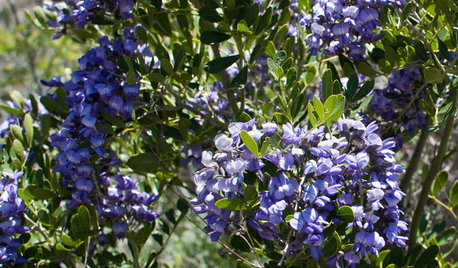
TREES6 Unsung Spring-Blooming Trees
Billowy blooms and rare fragrances will make you wonder how these flowering trees could ever have been underused in landscapes
Full Story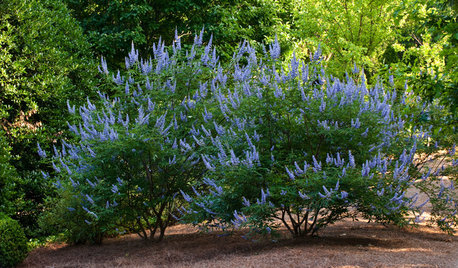
FLOWERS AND PLANTSVitex Agnus-Castus Fills Gardens With Fragrant Blooms and Foliage
Spikes of purple flowers adorn chaste tree’s aromatic foliage throughout the warm season in Southern gardens
Full Story
GARDENING GUIDESGreat Design Plant: Amelanchier Signals Spring With Airy White Blooms
With roughly 20 species of serviceberry native to the U.S., bees can feed on the early-season blooms while birds enjoy the summer berries
Full Story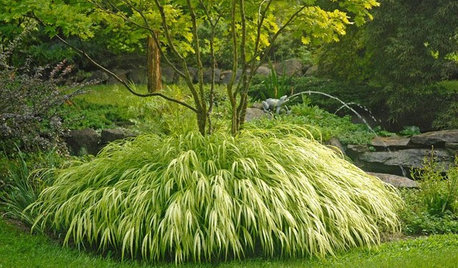
PRODUCT PICKSGuest Picks: 20 Gorgeous Perennials to Plant Now
Take advantage of warm spring weather to create a colorful garden with blooming plants, succulents and ornamental grasses
Full Story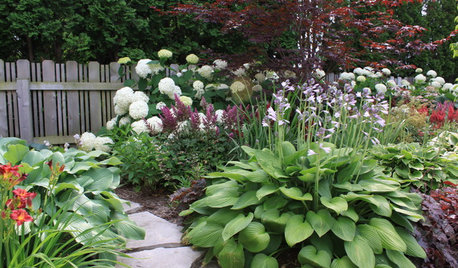
MOST POPULARSpring Gardens Are Blooming — Here’s What to Do in April
Get the guide you need for gardening in your U.S. region, with tasks, climate-appropriate plantings and more
Full Story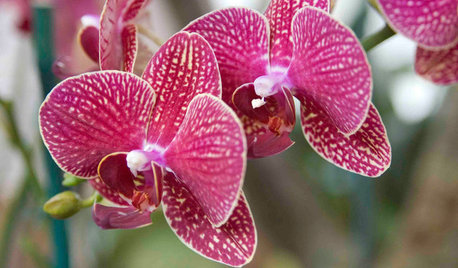
HOUSEPLANTSOrchids 101: How to Keep Your Moth Orchids Alive and Blooming
Growing Phalaenopsis — and getting it to flower again — is easier than you might think
Full Story
GARDENING GUIDESTop 12 Summer-Blooming Perennials for Deer-Resistant Drama
Can you have garden color, fragrance and exciting foliage with hungry deer afoot? These beauties say yes
Full Story
GARDENING GUIDESHow to Prune Your Flowering Shrubs for the Best Blooms
Less is often more when it comes to properly pruning flowering shrubs. Here’s what to do and why
Full Story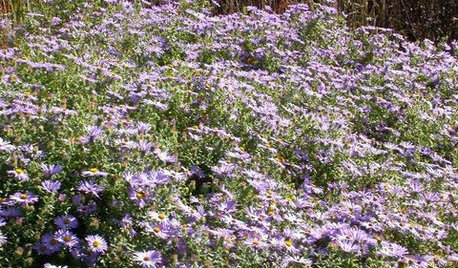
GARDENING FOR BUTTERFLIESGreat Design Plant: Aromatic Aster Keeps on Blooming
Tough as nails, drought loving, a deep fall bloomer ... this aster is a champ in sunny gardens
Full Story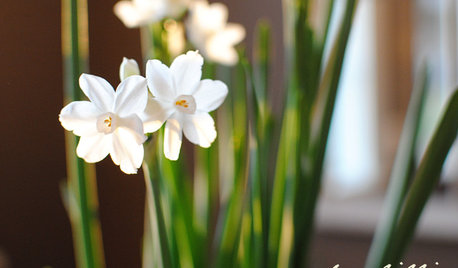
DECORATING GUIDESTreat Yourself to Spring Blooms in Winter
Get a jump on spring with a fragrant pot of paperwhites and other bulbs indoors
Full StoryMore Discussions









plantknitter
johnaberdeen
Related Professionals
Lake Oswego Landscape Architects & Landscape Designers · Lowell Landscape Architects & Landscape Designers · Summit Landscape Architects & Landscape Designers · Dudley Landscape Contractors · Galt Landscape Contractors · Garland Landscape Contractors · Glendale Heights Landscape Contractors · Leicester Landscape Contractors · Ramsey Landscape Contractors · San Antonio Landscape Contractors · Northlake Landscape Contractors · Merrifield Landscape Contractors · Baltimore Fence Contractors · Pasadena Fence Contractors · Nipomo Fence Contractorsgardengal48 (PNW Z8/9)
aftermidnight Zone7b B.C. Canada
BellinghamOriginal Author
Embothrium
BellinghamOriginal Author
johnaberdeen
Embothrium
BellinghamOriginal Author
Embothrium
Patrick888
BellinghamOriginal Author
Embothrium
BellinghamOriginal Author